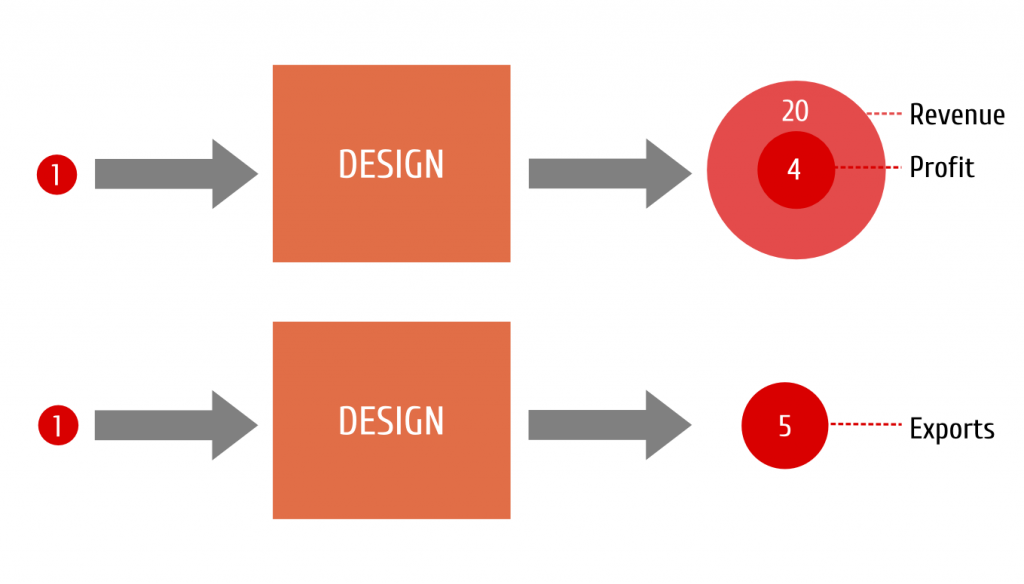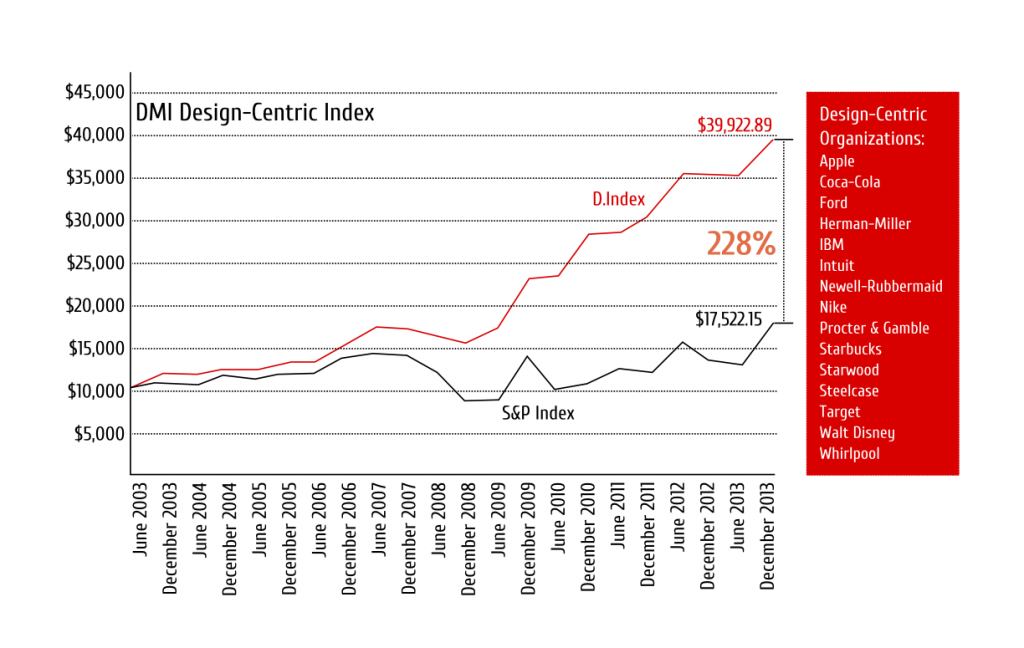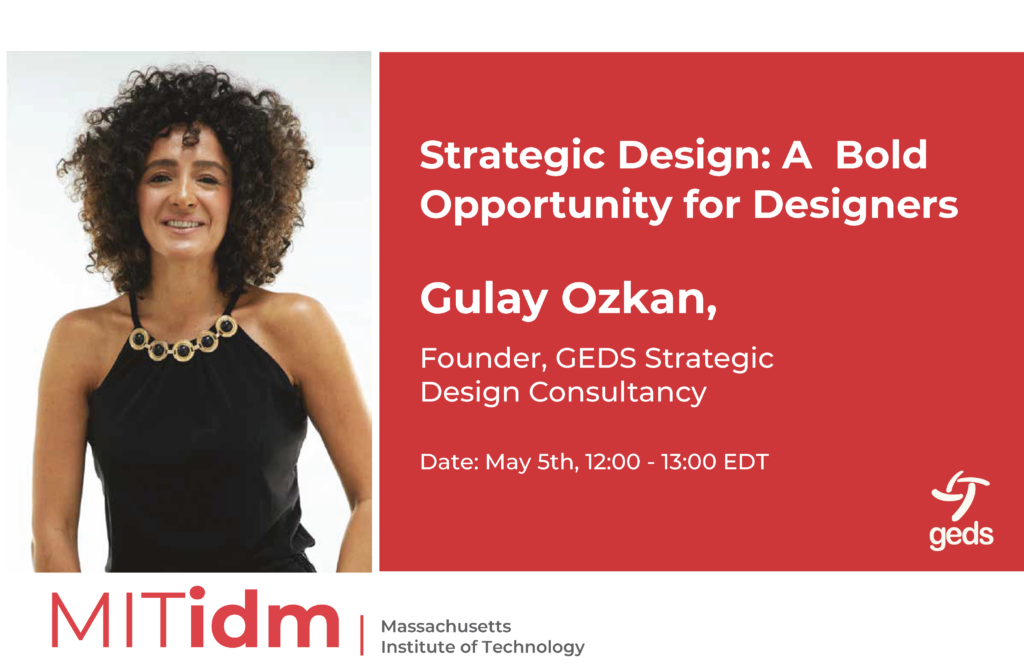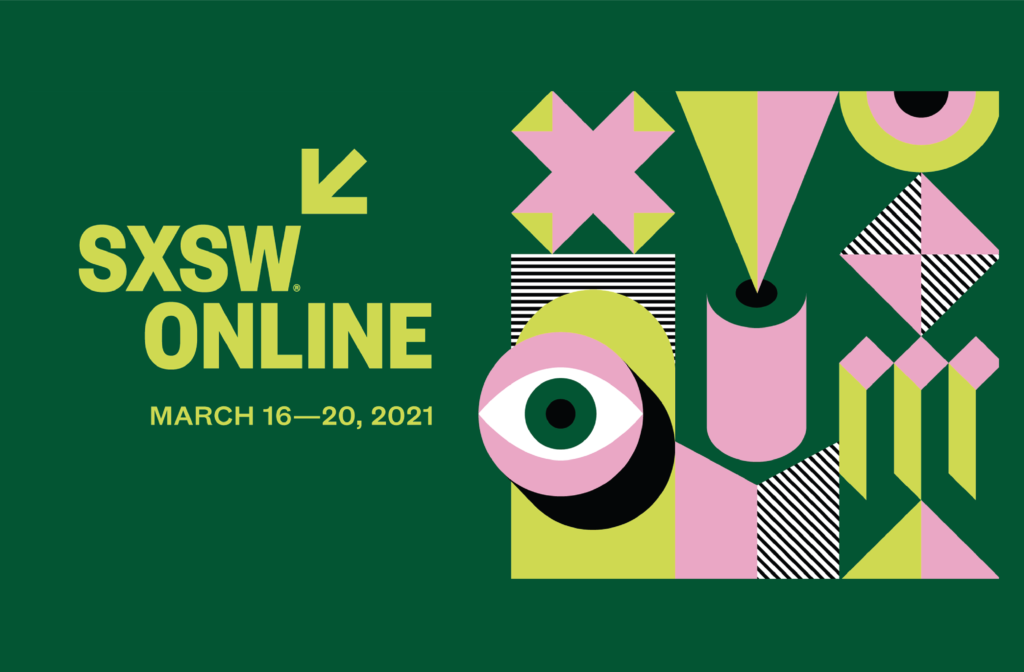In one of our conversations, designer David Merkoski emphasized the difficulty of his job by jokingly saying “when I was working at Frog, almost all meetings started with telling about the value of design.” This is not surprising at all, not when it has just been a few months since the New York Times announced the “Golden Age of Design.”
Explaining the value of design is critical for us and most other design firms as well. So we would like to contribute to this conversation by sharing two important studies conducted about the topic.
An important portion of such studies is carried out by Design Council which was founded in 1944 during Winston Churchill’s time as the Prime Minister of UK. The Council was initially founded for improving the standards of industrial design and helping out economic development.
One of these studies indicated that every £1 spent on design can give you over £20 in increased revenue and £4 in increased profit. And if you want to sell to new markets, that £1 can turn into £5 in increased exports. Within the next five years, British government predicts that over 50% of all new jobs will come from small businesses. UK businesses spend £33 billion on design every year.
Another study conducted by Design Council in 2007 demonstrated that, among the 61 businesses reviewed, design-led businesses had outperformed the FTSE 100 (the top 100 companies in London Stock Exchange) by more than 200% over a decade.
A similar study was conducted by Boston-based Design Management Institute. This study from 2014 also revealed similar results as the Design Council: Design-centric businesses had outperformed the S&P by 228 percent over the past 10 years.
The visual about the spectrum of design from aesthetics to strategy which can be viewed below shows the meaning of what a design-centric business is as well the maturity of design in an organization. This visual displays that design is not just a discipline focused on aesthetics. On the contrary, it can be utilized for shaping services, strategies, and even cultures. [There are different models related to design as it is used in different parts of organizations, but we have preferred to use “Danish Design Ladder” simply because it is easier to understand.]
But why is design such a powerful tool in creating success?
Very simple: Design is about humans with their motivations, behaviors, expectations, and emotions. That’s why design is a critical tool in every business where you want to reach human-beings.
If you have questions or comments you can contact with us.








